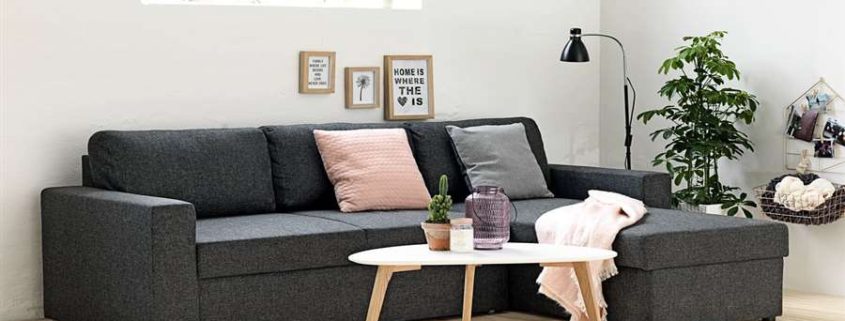How to Quickly Repair Bathroom Shower Tiles?
Ceramic shower tiles may be damaged or broken over a period of years. This may include damage to the grout joints, or even individual only tiles may crack, causing water to leak into the walls or floor space, where it can damage subfloors or lower level spaces. This guide will help you to repair these problems.
Remove damaged tiles together with small tile adhesive (cement under tiles). You may have to break the wall tile into small pieces and remove it. The biggest problem with this is that you can easily break some of the adjoining tiles. Using a grout saw or other tool, remove the grout from the tile joints surrounding the damaged tiles design. Be careful not to cut through any membrane waterproofing underneath or behind the tiles.
Using a masonry bit, drill a hole through the middle of the tiles you need to remove. For large wall tiles design you may need to drill several holes so the tile can be broken up to remove it. Again, be careful not to drill too deep, or the substrate and/or any waterproofing membrane may be damaged. Use a chisel to break out the marble tiles in small pieces.
Remove the thinset mortar or tile adhesive behind the wall marble tile you have removed. You will need a smooth, clean surface to install the replacement tiles on. Make sure any waterproof membrane is undamaged before proceeding. You may have to repair rubber or vinyl membranes to assure there isn’t a leak underneath the bathroom tiles you are replacing, and the methods for doing so vary depending on the membrane used.
Get some ceramic tile adhesive, or thinset tile cement and apply it to the substrate with a notched trowel. For small repairs, you may have to use a putty knife to apply this material. Replace the tile by pushing it into the adhesive or thinset firmly so it is bedded in the material. Make sure the joints around the tile are uniform, and the surface of the newly installed shower tiles are flush with the surrounding tiles.
Wait for the tile adhesive to dry and then grout the joints surrounding any new tiles you have installed. Use a sponge and plenty of water to clean excess grout off the tile’s surface. Once this material has dried and cured, it is difficult to remove. Use a good, waterproof bathroom sealant or caulk to repair any joints that do not lend themselves to grouting, such as metal trim or fixture penetrations.















